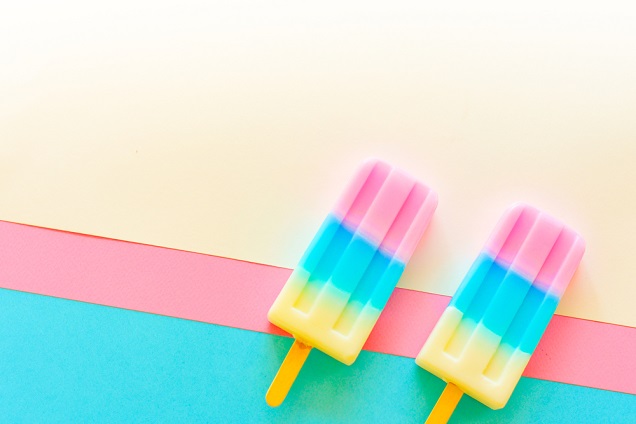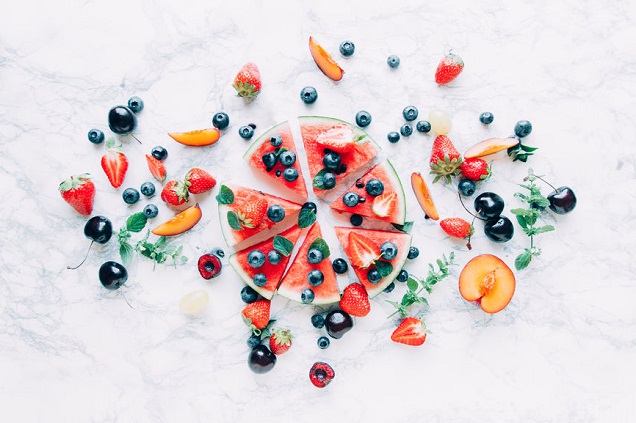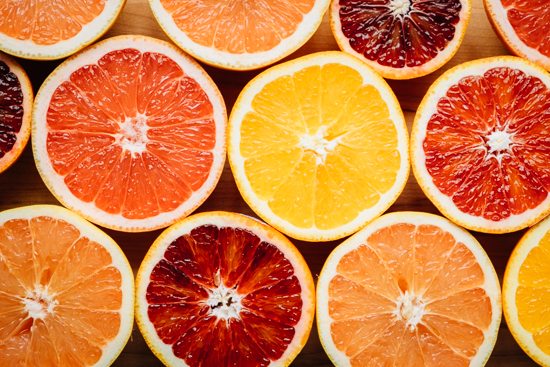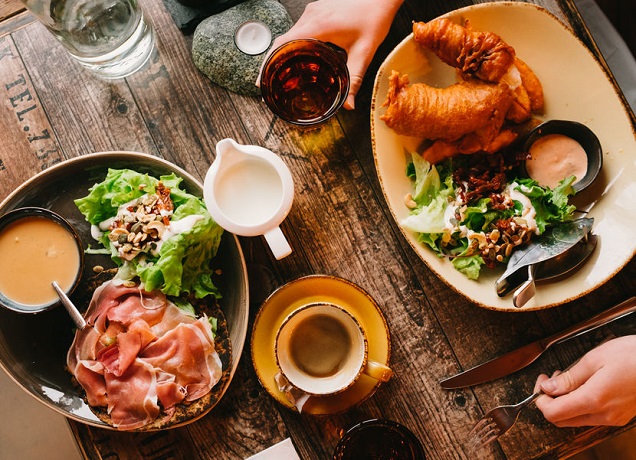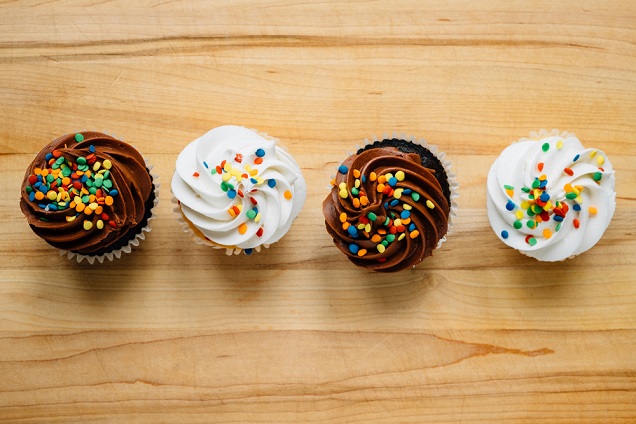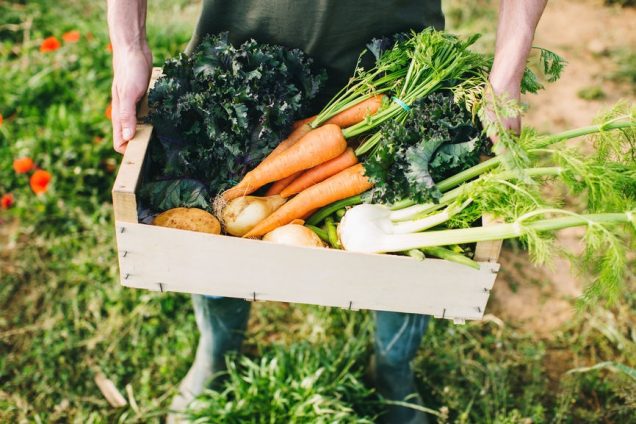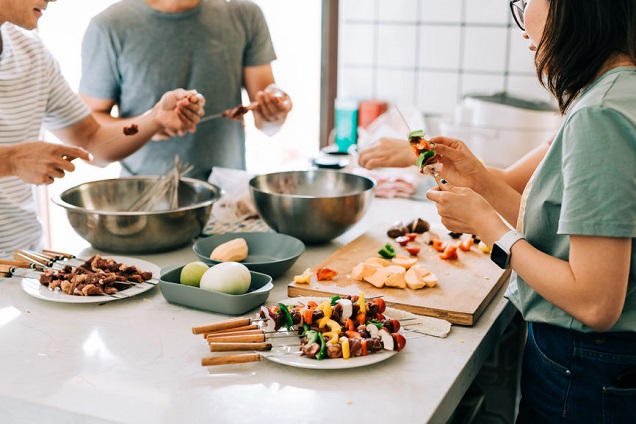Ah, summertime. It’s the season of picnics, barbecues, and dinners on the deck. Which means it’s also the perfect time to add some summer-inspired food images to your portfolio.
Creative food images are always in demand, whether it’s with stock photo buyers or magazine editors, so it definitely pays to put some effort into this genre of photography.
If you’re new to photographing food, here are some tips to help get you started:
1. Keep it simple.
Especially when you’re first starting out, there is no need for elaborate sets or complicated styling.
Remember, simple images are usually the most useful for buyers anyway. One of my absolutely bestselling stock photos is a simple composition of grapefruit that only took me about five minutes to set up at my kitchen table. (See tips for shooting in your kitchen here.)
2. Watch your lighting.
Light can make or break any image, and food photography is no exception. Using natural window light is probably the easiest way to light your food images. If it’s a cloudy day, the light will be naturally diffused, but if it’s sunny, simply hang a white sheet over the window to filter and soften the light. You typically want to avoid harsh shadows or overly bright highlights. It can also help if you use a reflector to bounce a little window light back into the shadowed side of your scene.
Bonus Tip: If you’re eating at a restaurant, request a window seat if possible. Here is a stock photo I took while eating out at a pub that had great window light. It literally took me about a minute to snap a few quick shots once the food arrived and before my friend dug in!
3. Think about your color scheme.
As you’re gathering up ingredients to photograph, it’s a good idea to think like a designer and plan out your color palette. For example, in this stock image below the photographer chose pastel colors, matching the background to the subject in a fun and creative way. Something like this would be very easy to set up with a bit of craft paper and a quick trip to the grocery store to find a photogenic (and delicious) subject.
4. Watch your background.
The type of backdrop you choose will have a major impact on your food images. It can be fun to head to a home improvement store, thrift shops, or garage sales to look for small pieces of tile, wood, slate, and other fun backgrounds.
Or you might already have great backgrounds right in your own kitchen. For this stock photo below, I simply arranged the cupcakes on a wooden cutting board for a clean, natural look.
5. Look for fresh, quality ingredients.
With an abundance of fresh food, summertime is an excellent season for food photography. If your area is known for certain types of agriculture or food items, be sure to capitalize on that.
For example, if you live in a region with orchards, you will have great options for fresh fruit. Or perhaps you live by the coast and can purchase excellent seafood.
Head to your local farmer’s market or grocery aisle for some inspiration and make the most of what your area has to offer.
6. Get involved in the process.
When it comes to photographing food, it’s a good idea to capture every part of the process, from raw ingredients to preparation to final product. For example, if you host a summer dinner party, take a few minutes to photograph the entire evening as it progresses, from chopping ingredients to serving.
Photographing food can be a ton of fun, especially if you already like to cook. When you start to think of food as art, I think you’ll find plenty of options for creating interesting images. So cash in on these summer days by bringing your photographer’s eye along on your next picnic or trip to the market!

